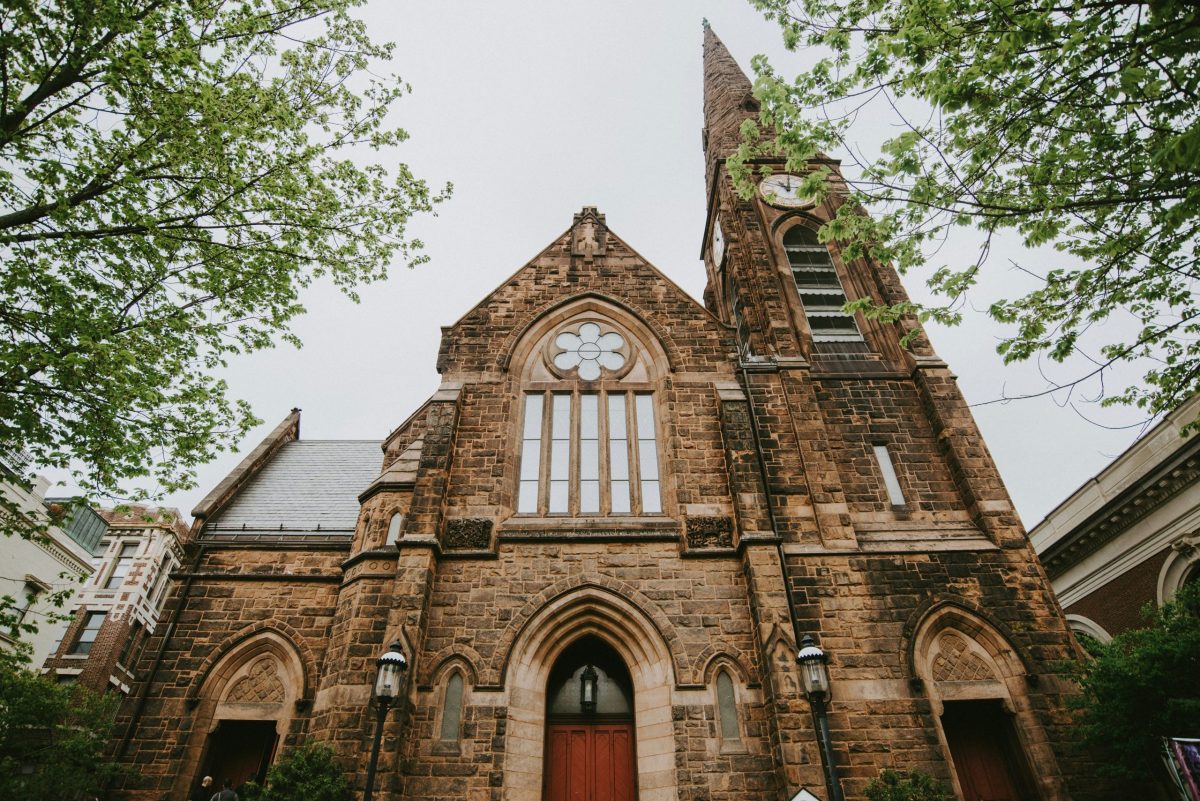Saint Anselm 10th Century English Monk and Doctor of the Church
Saint Anselm was born in 1033 or 1034, and he died in 1109. He was also known as Anselm of Aosta after his birthplace and Anselm of Bec after his monastery. Saint Anselm was an Italian Benedictine monk, abbot, philosopher, and theologian of the Catholic Church, who served as Archbishop of Canterbury from 1093 to 1109. He was named a doctor of the church. Saint Anselm is now famous as the originator of the ontological argument for the existence of God and of the satisfaction theory of atonement. Have you ever heard of him?
Saint Anselm Biography

Saint Anselm was born between April 1033 and April 1034. Part of Italy, where he was born, was part of the post-Carolingian Kingdom of Burgundy until 1032. We do not know much, but both sides of Saint Anselm’s immediate family appear to have been dispossessed. There was a war after 1032, and his parents were dispossessed.
When he was 15, Saint Anselm wanted to enter a monastery, but his father did not agree, and he was denied by the abbot. He was very disappointed and suffered some kind of mental breakdown. His mother died in childbirth, and his father decided to enter a monastery. His father died after a year, and Anselm entered the monastery at Bec as a novice at the age of 27. Probably in his first year, he wrote his first work on philosophy, a treatment of Latin paradoxes called the Grammarian. Over the next decade, the Rule of Saint Benedict reshaped his thought.
In 1063, Saint Anselm was elected the prior of the monastery, despite the fact that he was young. After fifteen years, in 1078, he was unanimously elected as Bec’s abbot following the death of its founder. He was blessed as abbot by Gilbert d’Arques, Bishop of Évreux, on 22 February 22 1079. Under Anselm’s direction, Bec became the foremost seat of learning in Europe. During this time, he wrote the Monologion and Proslogion. He then composed a series of dialogues on the nature of truth, free will, and the fall of Satan.
Following the Norman Conquest of England in 1066, devoted lords had given the abbey extensive lands across the Channel. Saint Anselm occasionally visited to oversee the monastery’s property, to wait upon his sovereign, William I of England. He became the arch bishop of Canterbury. As archbishop, Anselm maintained his monastic ideals, including stewardship, prudence, and proper instruction, prayer, and contemplation.
Saint Anselm chose to depart in October 1097, or was exiled from Catebury. Although Anselm retained his title, the revenues of his bishopric were seized. From Lyon, Anselm wrote to Pope Urban, requesting that he be permitted to resign his office. Urban refused. Instead, he called Anselm to Rome, where he worked side by side with the pope and participated in the defense of the Western doctrine of the procession of the Holy Spirit against representatives from the Greek Church.
Saint Anselm Venveration

Saint Anselm’s hagiography says that, when a child, he had a miraculous vision of God on the summit of the Becca di Nona near his home, with God asking his name, his home, and his quest before sharing bread with him. Anselm then slept, awoke, returned to Aosta, and then retraced his steps before returning to speak to his mother.
Saint Anselm’s canonization was requested by Pope Alexander III in 1163. He may have been formally canonized before Becket’s murder in 1170: no record of this has survived, but he was subsequently listed among the saints at Canterbury and elsewhere. It is usually reckoned, however, that his cult was only formally sanctioned by Pope Alexander VI in 1494 or 1497. His feast day is commemorated on the day of his death, April 21, by the Catholic Church. The location of his relics is uncertain.
Conclusion
Saint Anselm was proclaimed a Doctor of the Church by Pope Clement XI in 1720. A chapel of Canterbury Cathedral, south of the high altar, is dedicated to him; it includes a modern stained-glass representation of the saint, flanked by his mentor Lanfranc and his steward Baldwin and by kings William II and Henry I. 800 years after his death, on April 21, 1909, Pope Pius X issued the encyclical “Communium Rerum” praising Anselm, his ecclesiastical career, and his writings. In the United States, the Saint Anselm Abbey and its associated college are located in New Hampshire; they celebrated in 2009, commemorating the 900th anniversary of Anselm’s death.






